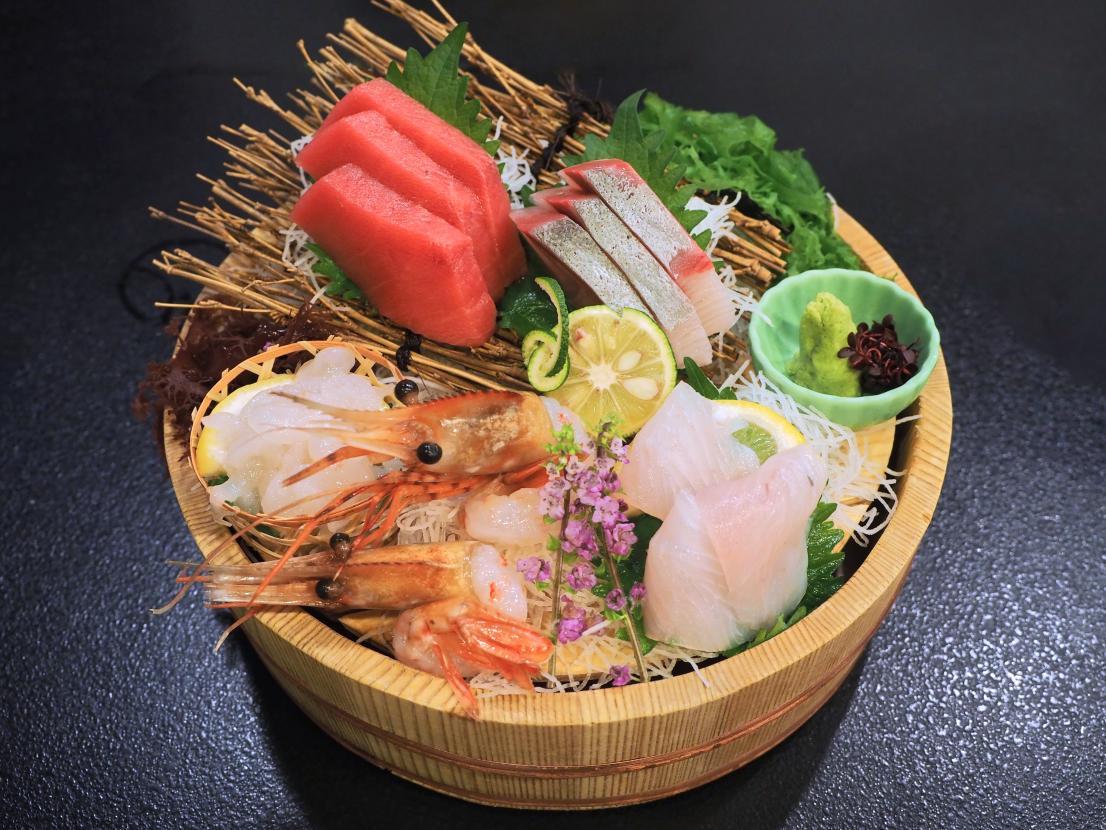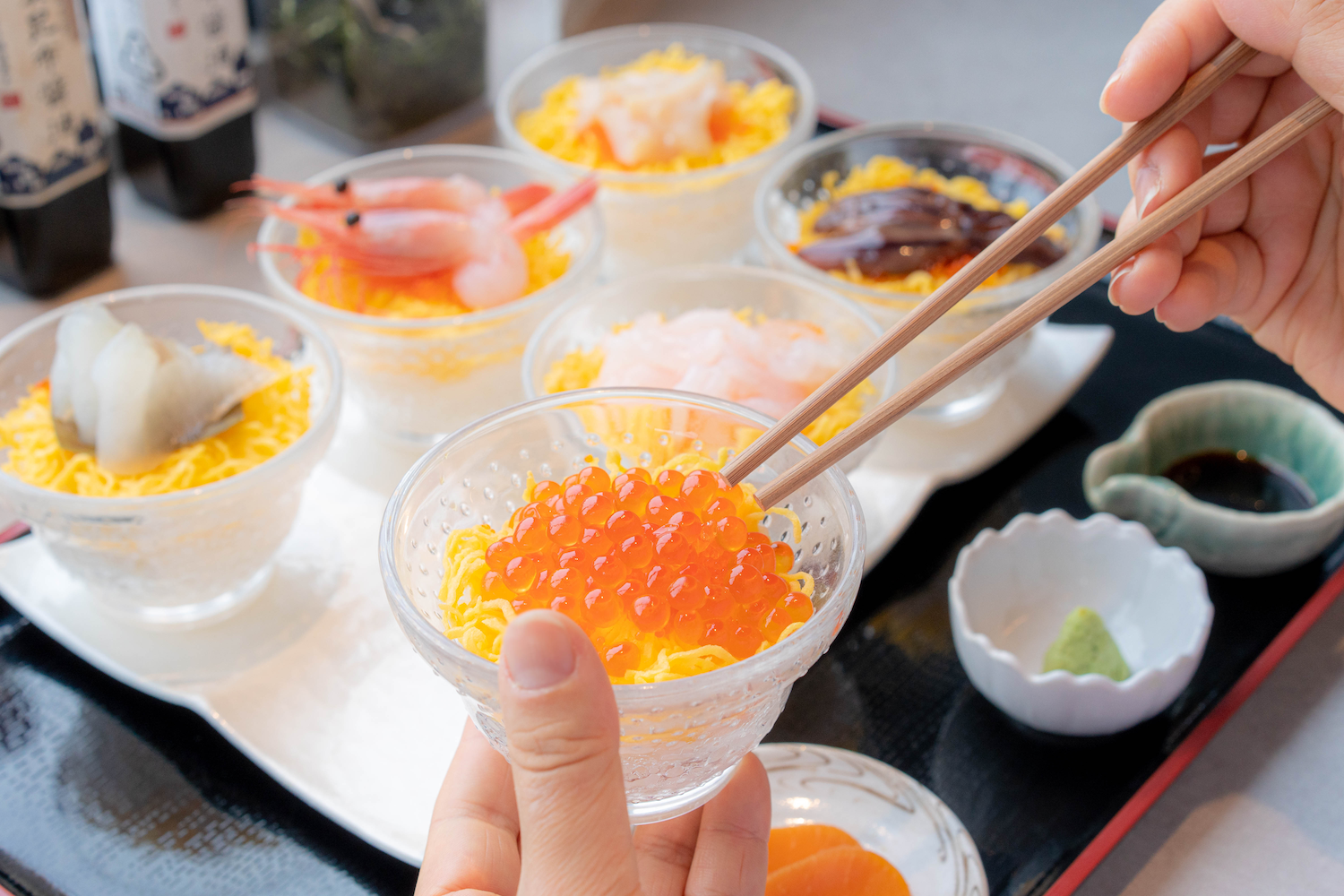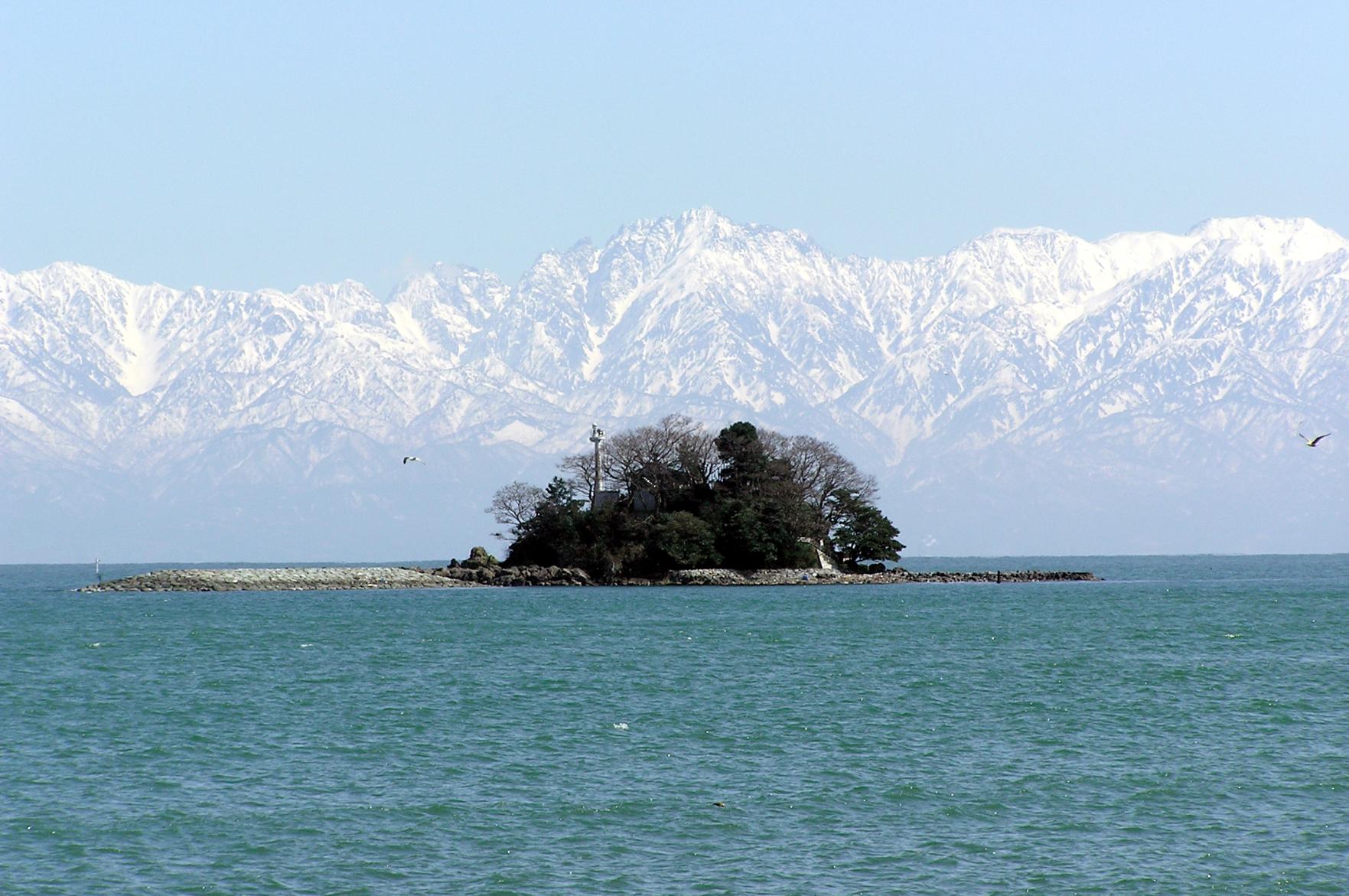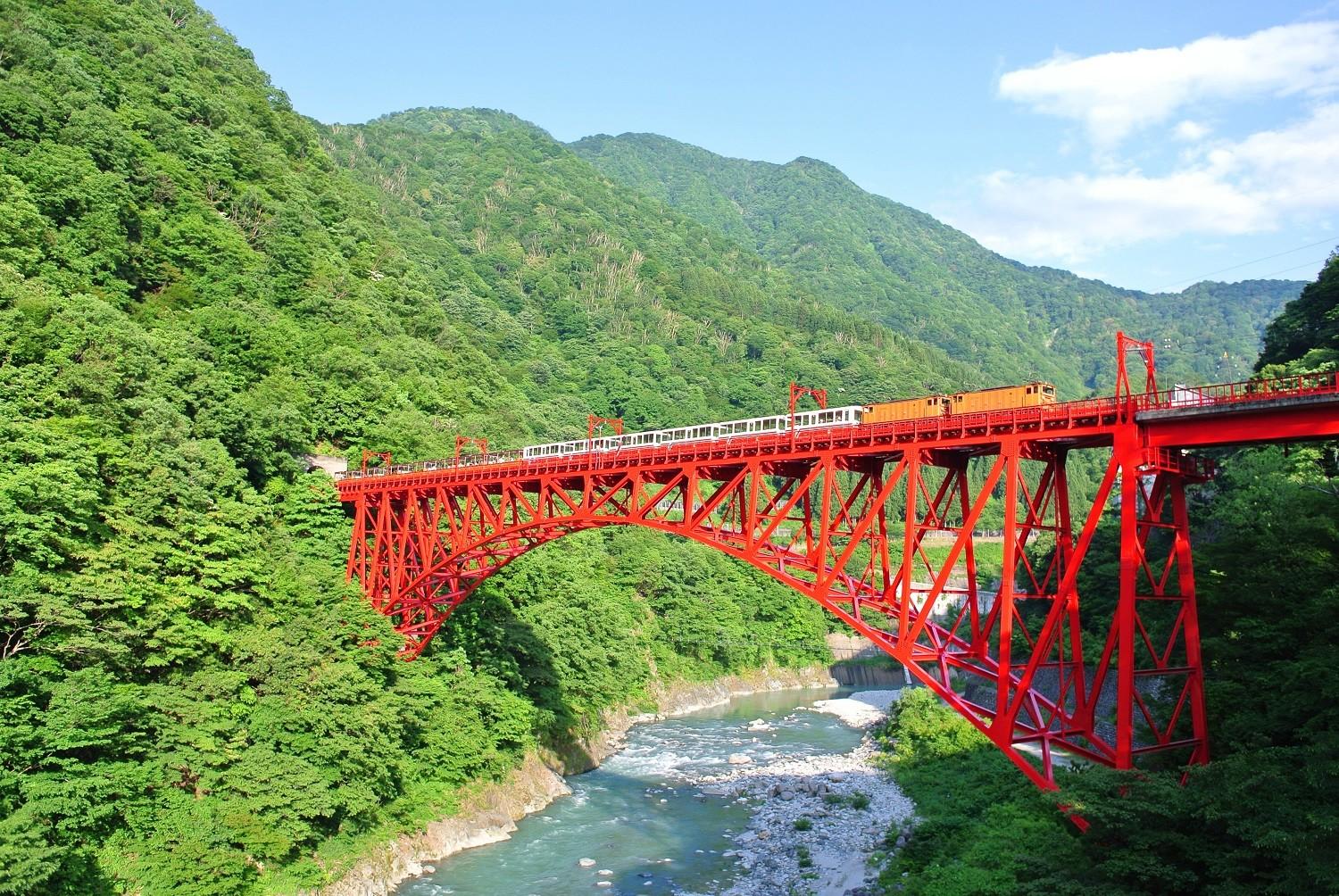
Special Feature of Toyama’s Sake
Toyama Prefecture has many sake breweries that produce delicious sake. There is a wide variety of products, including sake, beer, wine, and whisky. We suppose the key to all of this must be the delicious water. Toyama Prefecture is surrounded by the Tateyama Mountain Range, and the steep slopes between the mountains and the sea contribute to Toyama’s river waters, which are said to be crystal clear and tasty. We will introduce sake made using that tasty water.
NAT.BREW (beer)
NAT.BREW is a brewery for sparkling liquor, located in Nanto City, Toyama Prefecture. The building with a modern design, renovated from an old traditional Japanese house, appears to be a fusion of history and the near future and attracts your attention. NAT.BREW’s concept is that of a native brewery. It will connect people and things through brewing, and then foster a diverse community that makes it easier to take on innovative challenges by making cross-border exchanges between cultures. The brewers of NAT.BREW had a lot of experience in wineries but launched sparkling liquor brewing because they wanted to make new and interesting alcoholic beverages.
Their most popular beer is Kuma Masshigura (meaning “bear running at full throttle”), for which they use dried persimmons, a specialty of Nanto City. Extra persimmons, which cannot be consumed, are dried. The brewery takes them and completely squeezes the extract from those dried persimmons to make beer. This humorous name of the beer comes from the fact that extra persimmons on the trees become a target for bears. The leftover waste is returned to farmers so that they can use it as fertilizer. NAT.BREW’s process of making beer is cyclical in this way.
NAT.BREW produces interesting beers, using a variety of local fruits, which is impossible for any other breweries. In collaboration with farmers, wineries, and sake brewers, they produce a wide variety of beer in small quantities. You can enjoy their sparkling liquors at the shop. Half of their customers are locals, and the remaining half are tourists. NAT.BREW offers a platform for interaction. Enjoy the pleasant taste of Toyama beers.
Wakakoma Sake Brewery (Japanese Sake)
Wakakoma Sake Brewery is located on Yokamachi Street (a.k.a. Zuisenji-mae Street), which extends in front of the gate of Zuisenji Temple in Inami Town, a Village of Wood Carving. You can feel the history and dignity in its appearance.
Wakakoma is a light, dry sake with a sour taste and is refreshing and easy to drink even for women. The clear flavor that sinks into your body is also so appealing that even some have said, “I am not fond of Japanese sake, but I like Wakakoma.” You can enjoy this sake at room temperature or cold, but we recommend you take it warmed in winter. It will slowly but steadily sooth your body from the inside. The name “Wakakoma” comes from the brewery’s wish for this sake to be well-known and loved throughout the world as if it were a flying foal running up to heaven.” This wish reflects its label, too. The design of the label drawing of a dynamic flying foal with wings on its back must attract your eye.
Wakakoma has a lineup of Junmai and Honjozo. Its Junmai Honjozo sake is produced under a separate brand called Yaotome. All of them have a rich taste and are characterized by the umami flavor of rice that stands out. The nama sake called Bikyu is also popular, and restaurants that are particular about their sake make inquires for it.
As mentioned above, Wakakoma is a local sake that has been loved by the local people of Inami, but as local sake enthusiasts, who heard about its reputation in the local area, paid attention to it, it has gradually won public recognition nationwide. The owner’s wish has excellently come true, and today it has fans all over Japan as Toyama’s representative local sake. Wakakoma, passing time together in the town in front of Zuisenji Temple, has been loved by locals and celebrities. It is perfect for those who look for a dry sake that is light and smooth enough to sink into your body.
Wakakoma Sake Brewery, which produces Wakakoma, has been loved by locals as a small-scale brewery that continues to produce sake with care since its foundation in 1889. Focusing on using rice provided by local contracted farmers, they sincerely brew their sake mainly with Gohyakuman-goku rice, a type of rice suitable for sake making. It can be said that the clean water and rice of Inami Town are keys to the taste of Wakakoma.
Nanto City offers a plan to make a large sake cup using authentic tools under the guidance of craftsmen, and then to taste local sake at Wakakoma Sake Brewery. We hope you will learn about the traditional crafts and taste Wakakoma, the sake that lives together with this city.
Saburomaru distillery (Whisky)
Currently, Japanese whisky is very popular around the world. In 1947, Wakatsuru Sake brewery, the parent organization of Saburomaru Distillery, began researching distilled spirits, including whisky. Sunshine Whisky, the first whisky of its own, was launched in 1953, and it is still loved by many people, mainly in its hometown of Toyama, even though more than 70 years have passed since its release. However, at one time, as domestic demand for whisky declined, the whisky business was also forced to significantly downsize.
In 2016, Wakatsuru Sake brewery decided to work on the revitalization of the Saburomaru Distillery. The theme for the project was “Tradition and Innovation.” Inheriting the whisky production that its first company representative started and its commitment to smoky whisky, Wakatsuru Sake brewery set “The Ultimate Peat” as the concept and is also taking on challenges for various innovations so as to create new values that can compete globally as a Japanese whisky.
In the fall of 2016, Wakatsuru Sake brewery raised money through crowdfunding to remodel the old distillery. With the support of many people, the current Saburomaru Distillery opened in 2017. Wakatsuru Sake brewery introduced a state-of-the-art mash tun in 2018, and then in 2019, invented Zemon, the world’s first mold-casting pot still by utilizing the technology for Takaoka copperware, which is a traditional industry in Takaoka City, Toyama Prefecture. Zemon was jointly developed by Oigo works, a temple bell manufacturer, and the Toyama Prefectural Industrial Technology Center. In addition, at the same time as that, the production of Sanshiro Barrels made of Mizunara Japanese oak, which were produced in Toyama Prefecture, started as a collaborative project with local corporations of Shimada Mokuzai and Yamazaki wood processing store. This project utilized the traditional woodworking techniques that have been passed down in the Inami area of Nanto City, Toyama Prefecture. All of these were unprecedented attempts, but what was common among them was the desire to make whisky that can only be made in Toyama and to deliver it to the world.
Saburomaru Distillery’s pursuit of a whisky that cannot be found anywhere else will lead to the creation of diversity in the Japanese whisky industry, which has been dominated mostly by major manufacturers until now. Saburomaru Distillery will make its best efforts not to end the recent popularity of Japanese whisky as a temporary trend but to help the whisky industry and culture in Japan move step by step closer to and become richer than those in Scotland, the home of whisky. We hope you enjoy their whisky while watching their efforts and progress.
The whisky Saburomaru Distillery offers this year is the product of their efforts. In addition to peat from inland Scotland they have used so far, the one from Isle of Islay, Scotland, has started to be used. Peat that produces a smoky aroma unique to Islay malt also has characteristics of being reminiscent of the ocean unlike the inland peat. Moreover, a wooden fermentation tank was added, making the total two, which has enforced the late lactic acid fermentation to lead to a richer quality of whisky. Please try its smoky aroma.
Here are the recommended whiskies: Single Malt Saburomaru; Junenmyo, blended with malt whisky from Saburomaru Distillery and grain whisky; and ume-sky, made by soaking unripe ume plums in whisky every July to extract plum flavor slowly. It is an authentic plum wine characterized by the faint aroma of plum and an elegant taste.
You can enjoy a factory tour and tasting at Wakatsuru Sake brewery.































